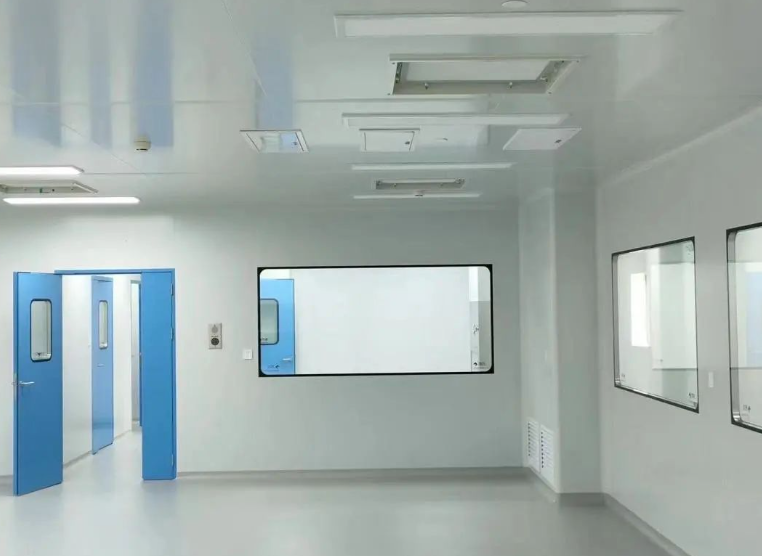
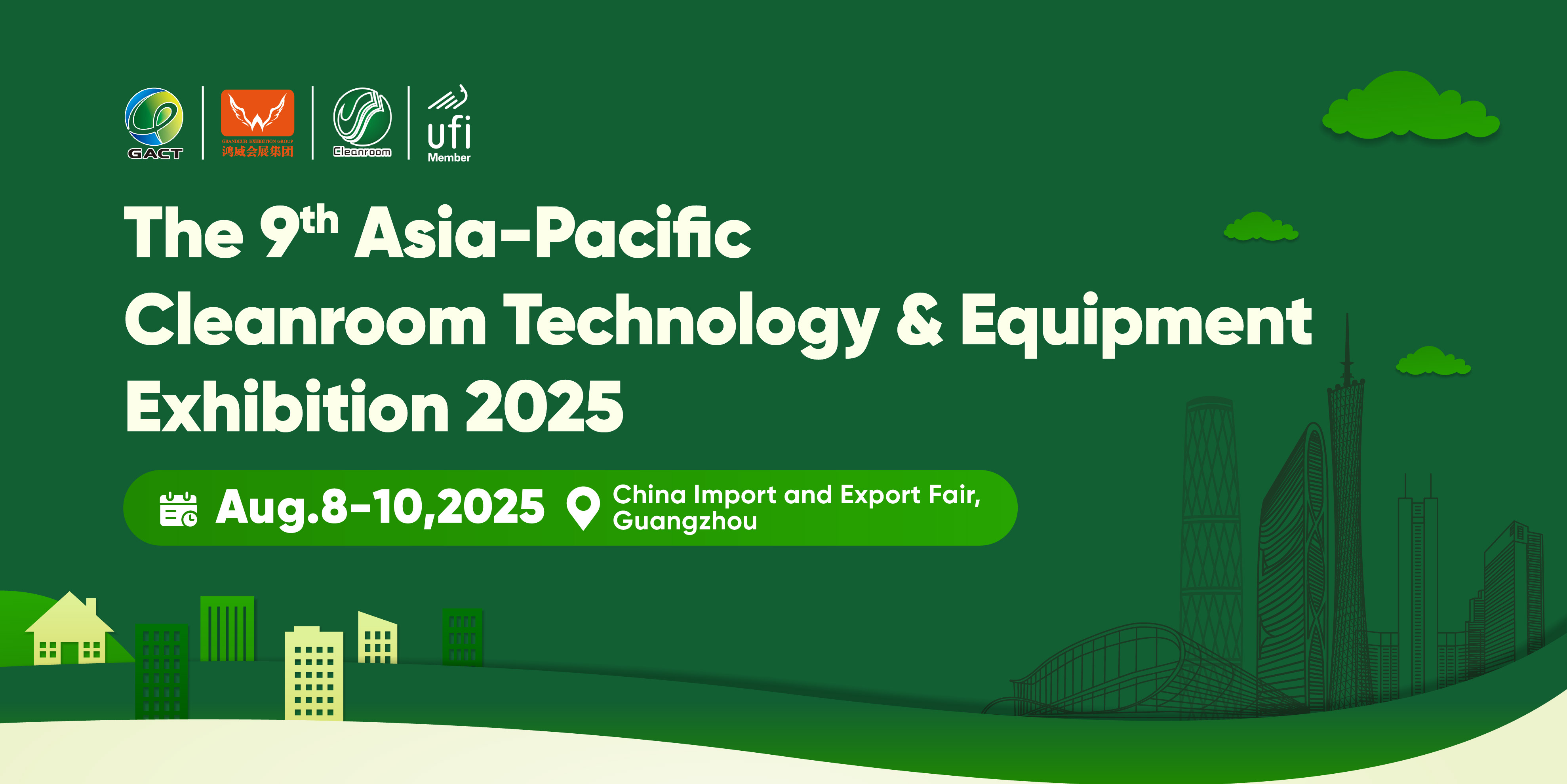
GMP stands for Good Manufacturing Practice for Drugs, which in China is translated as “药品生产质量管理规范”. It is a set of mandatory standards applicable to industries such as pharmaceuticals and food production. These standards require companies to meet stringent hygiene and quality requirements in all areas—from raw materials and personnel to facilities, equipment, production processes, packaging, transportation, and quality control. The goal is to establish operational protocols that help improve sanitary conditions and identify and rectify issues during production. GMP compliance is the most basic requirement for pharmaceutical manufacturing enterprises.
In short, GMP mandates that pharmaceutical and food manufacturing companies must possess:
-
Good production equipment,
-
Reasonable production processes,
-
Robust quality management systems,
-
And strict inspection mechanisms.
These elements ensure that product quality (including food safety and hygiene) meets regulatory requirements.
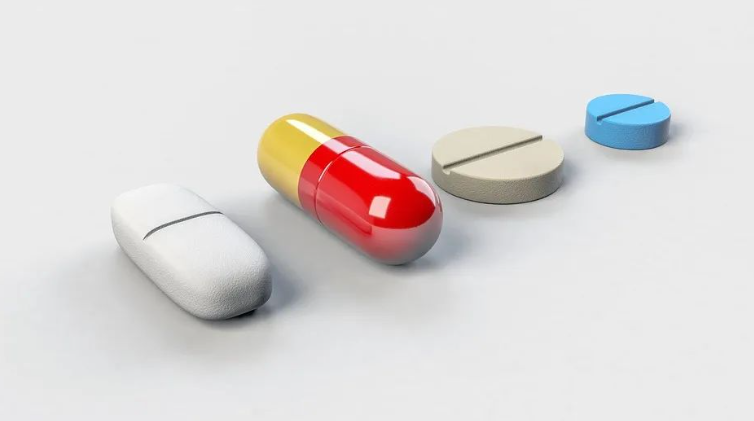
What is a GMP Cleanroom?
GMP cleanrooms primarily refer to two areas:
-
GMP-compliant food processing rooms
-
GMP pharmaceutical cleanrooms
In today’s market, 100,000-grade (Class 100,000) purification standards are becoming rare in the food industry. However, in the pharmaceutical sector, such standards are commonly required. This article focuses on GMP cleanroom design and considerations in pharmaceutical settings.
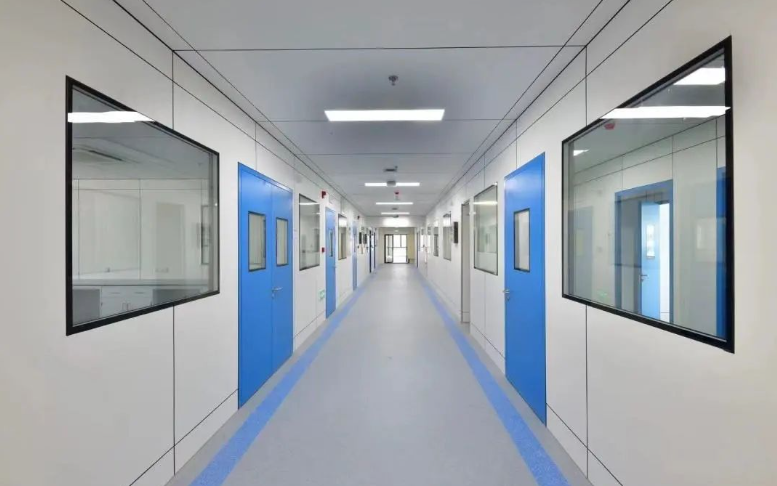
Common Applications of Cleanrooms:
-
Microelectronics: Currently the industry with the highest cleanroom standards (e.g., LCDs, optical fibers).
-
Pharmaceutical Manufacturing: Subject to GMP compliance across China.
-
Hospitals: Operating rooms use cleanroom technology to prevent airborne bacterial infections.
-
Medical Science Research: Clean environments are essential for experimental animals, genetic engineering, and lab research.
-
Aseptic Food Packaging: Helps maintain flavor, aroma, and nutrition, outperforming traditional high-temperature sterilization.
-
Other Industries: Aerospace, precision machinery, instrumentation, fine chemicals, and more all rely on cleanroom technology.
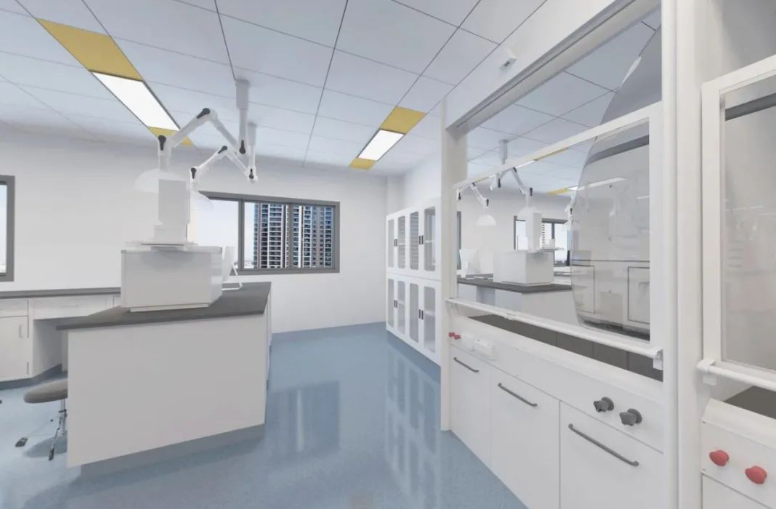
Among them, aerospace modules are considered the highest-level cleanrooms (Class 1), though they are small in area. High-level environments are also required in biochemical labs, nano-material production, and IoT chip development, indicating major future demand.
The Four GMP Cleanroom Grades
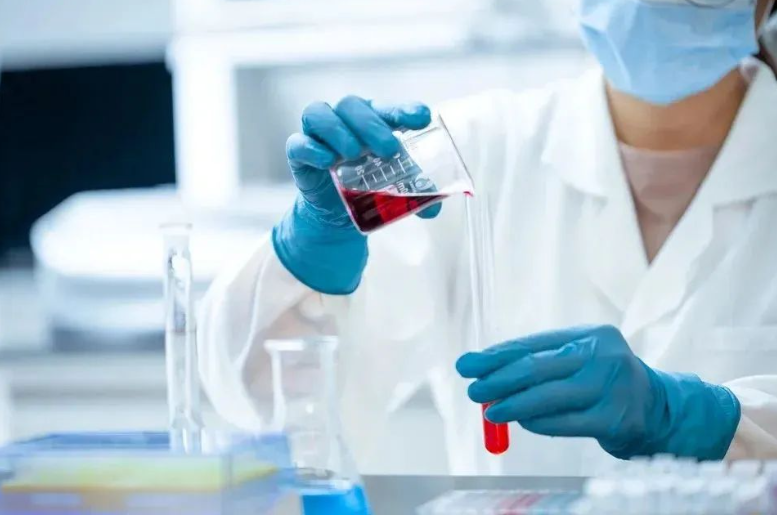
GMP cleanrooms differ from conventional purification workshops. Cleanroom classification under GMP uses grades A, B, C, and D based on both static and dynamic conditions—unlike the ISO classification (Class 100, 10,000, 100,000), which does not differentiate between them. This can lead to confusion.
GMP pharmaceutical cleanrooms mainly control particles and microorganisms, and also regulate temperature, humidity, pressure differentials, lighting, and noise.
Grade Definitions:
-
Grade A: High-risk operations such as filling, open ampoule handling, open vial processing, and aseptic connections. Typically maintained with laminar airflow systems providing a uniform airflow of 0.36–0.54 m/s. These systems must be validated for uniformity. Lower airspeeds or single-direction flow may be used in enclosed isolators or glove boxes.
-
Grade B: Background area for high-risk operations (supports Grade A zones), such as sterile formulation and filling.
-
Grades C & D: Areas for less critical clean processes in sterile drug production.
Grade Equivalents:
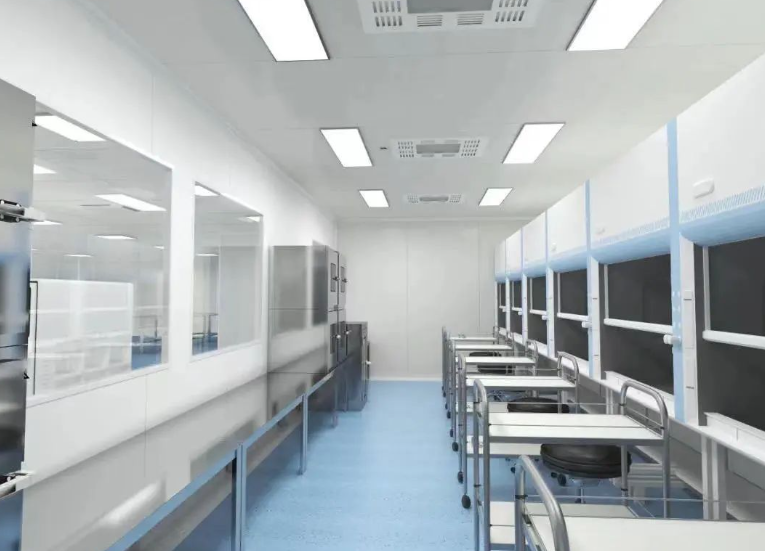
| GMP Grade | ISO Equivalent (Static) | ISO Equivalent (Dynamic) |
|---|---|---|
| A | ISO 5 / Class 100 | ISO 5 / Class 100 |
| B | ISO 5 / Class 100 | ISO 7 / Class 10,000 |
| C | ISO 7 / Class 10,000 | ISO 8 / Class 100,000 |
| D | ISO 8 / Class 100,000 | — |
Environmental Requirements per Grade
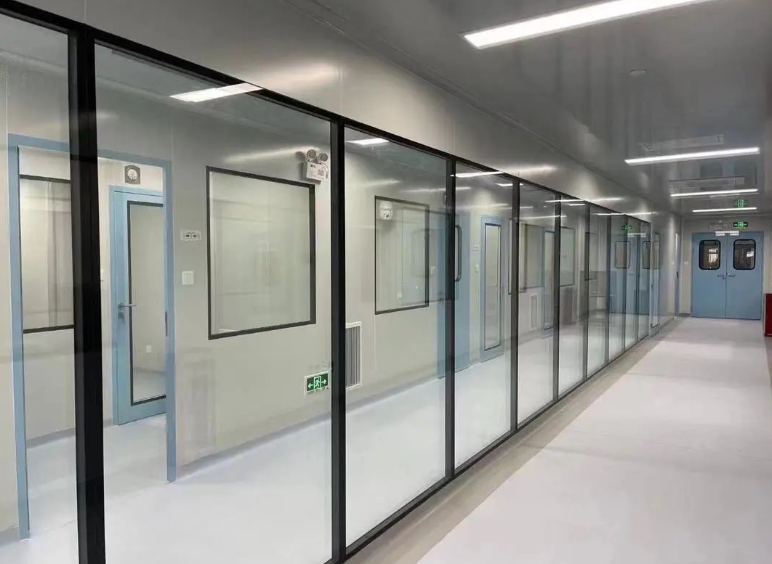
Grade A Cleanroom:
-
Temperature: 20–24°C
-
Humidity: 45–60% RH
-
Airflow: Horizontal ≥0.54 m/s; Vertical ≥0.36 m/s
-
HEPA Filter Efficiency: ≥99.97%
-
Lighting: 300–600 lux
-
Noise: ≤75 dB (under dynamic testing)
Grade B Cleanroom:
-
Same temperature and humidity as Grade A
-
Air Changes: ≥25 times/hour
-
Pressure Differential: ≥10 Pa (vs. outdoors), and appropriate pressure differentials between same-grade zones according to airflow direction
-
Same airflow, HEPA efficiency, lighting, and noise requirements as Grade A
Grade C Cleanroom:
-
Same temperature, humidity, airflow, HEPA efficiency, lighting, and noise requirements as above
-
Air Changes: ≥25 times/hour
-
Pressure Differential: ≥10 Pa
Grade D Cleanroom:
-
Temperature: 18–26°C
-
Humidity: 45–60% RH
-
Air Changes: ≥15 times/hour
-
Pressure Differential: ≥10 Pa
-
Same airflow, HEPA efficiency, lighting, and noise requirements
Key Considerations in GMP Cleanroom Design
-
Architectural Layout: A sealed peripheral corridor often surrounds the cleanroom to act as a buffer between the clean and external areas. This reduces contamination and improves energy efficiency.
-
Flooring and Surfaces: Must be flat, seamless, wear-resistant, corrosion-resistant, and anti-static. Walls and floors should be smooth and light-colored for easy cleaning.
-
Fire Safety: Materials used should match fire resistance ratings for pharmaceutical buildings. Electrical piping should adhere to strict safety codes, and flame-retardant conduit (e.g., KBG tubing) should be used wherever possible to prevent fire hazards.
Summary
Pharmaceutical cleanrooms must comply with rigorous standards for temperature, humidity, cleanliness, pressure, lighting, noise, airflow, air exchange rates, and more. Designers must consider these factors based on the required cleanroom class and production process to select appropriate HVAC systems, ductwork, and materials (e.g., color steel panels). Strict adherence to these requirements ensures GMP compliance in cleanroom design and construction.



